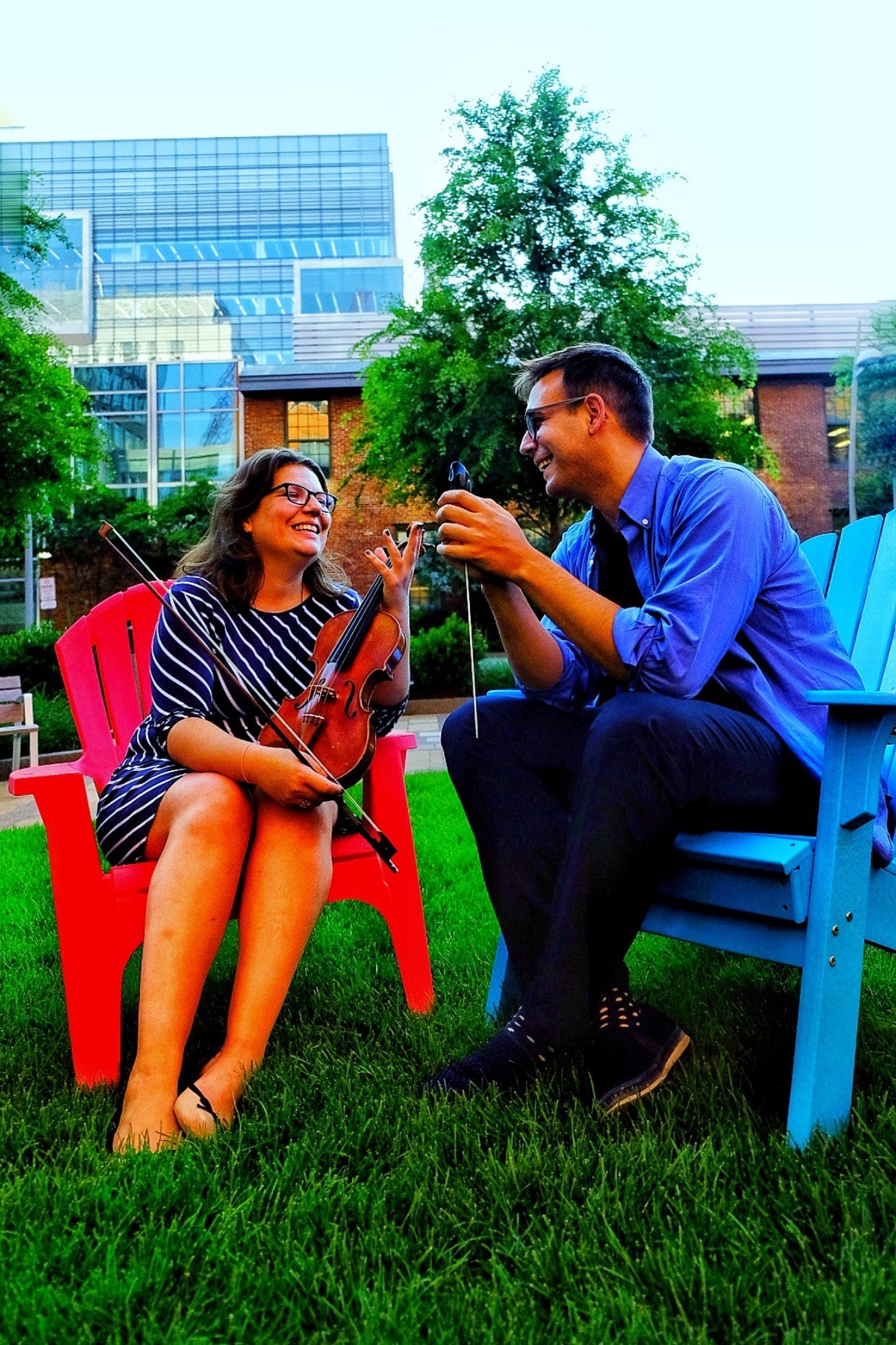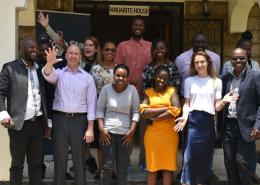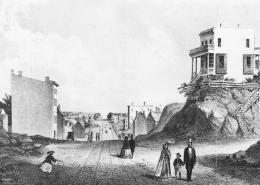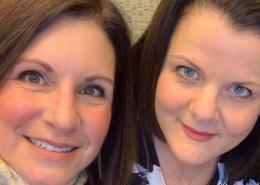The Story of Kendall Square Orchestra, a Symphony of Scientists
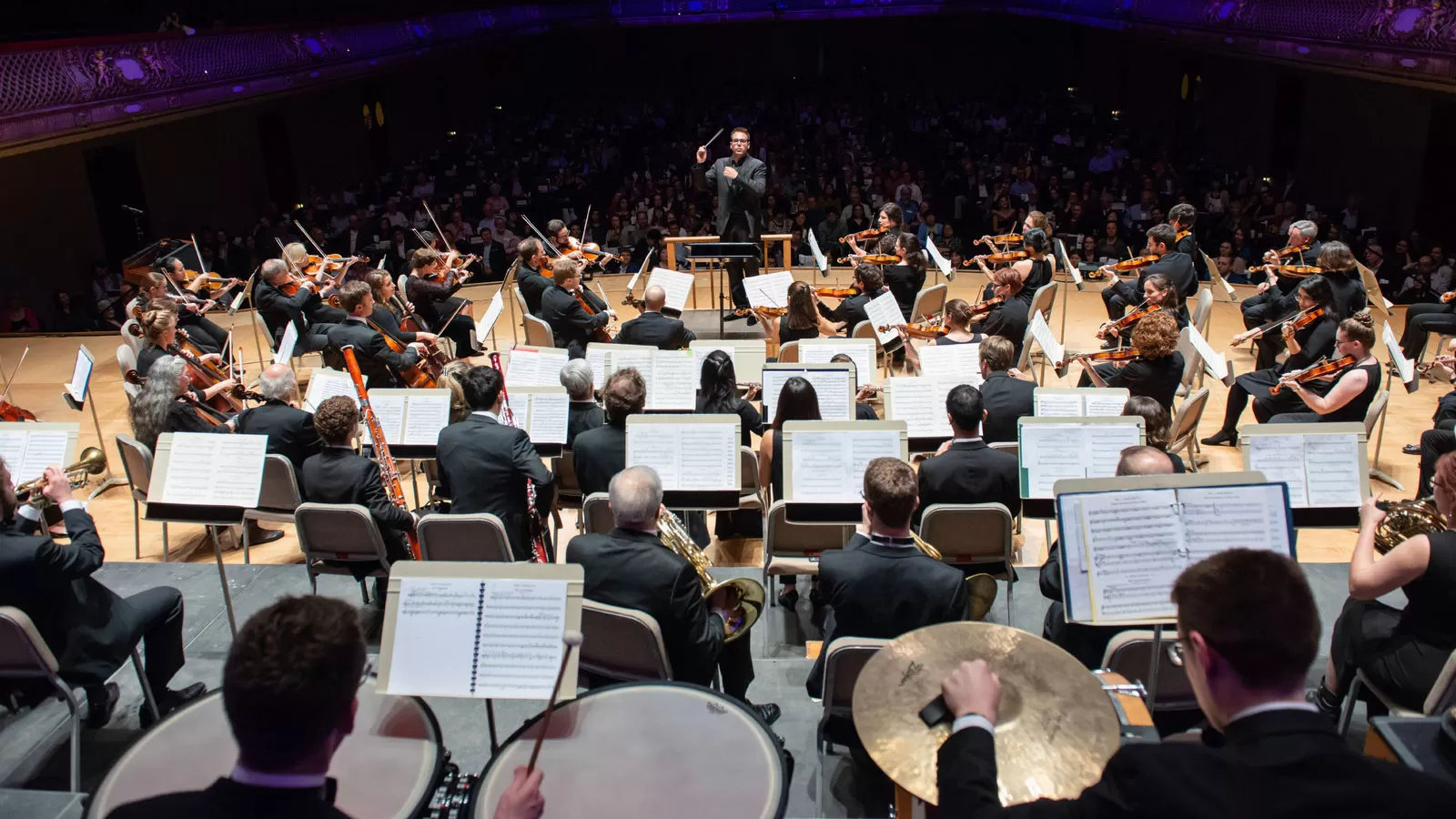
In Cambridge, Mass., Kendall Square is where some of the country’s top minds solve global problems. The area is a super-magnet for renowned biomedical and technology businesses. In 2009, a consulting group dubbed it “the most innovative square mile on earth.”1
It’s also a place where music unites, entertains, and maybe even heals. Since 2018, scientists and technology professionals have come together as musicians in Kendall Square Orchestra (K2O). Each season, they perform at community events, raise money for important science and health-related causes, and find joy and release in their shared passion for music.
“Music has this connecting power,” says Elena Spencer, who is co-founder and CEO of Kendall Square Orchestra and Director of Technology Platforms and Outreach with Pfizer Kendall Square. “With K2O, our main goals are bringing together the community through music and elevating causes we care about.”
While still relatively new to the Boston area, the Kendall Square Orchestra story is decades in the making.
Meeting the moment
As a violinist, music has been an important part of Spencer’s life for as long as she can remember. In 2005, working as a scientist for Pfizer in Ann Arbor, Mich., she realized that many co-workers in the scientific community had also played an instrument since childhood. Along with colleague Kelly Clark—who grew up playing the piano and oboe—Spencer started a chamber music ensemble to get to know co-workers and support local charities. At its peak, the ensemble grew to about 25 Pfizer employees and fostered lasting friendships.
Fast forward to late 2017. The Pfizer Ann Arbor site had long closed, and both Spencer and Clark found themselves working in research and development roles at different companies in Kendall Square. “It seems like all paths in R&D lead to Cambridge,” Spencer laughs. While reminiscing about those Michigan days, they talked about how fun it would be to start another orchestra. The more they discussed the idea, they realized they might be onto something: this could be a great opportunity to reach out to musician-scientists all across the area.
But first, they needed funding.
Pieces of the puzzle
Spencer approached Pfizer’s Site Head at Kendall Square and shared her vision. She explained that the purpose of the orchestra complemented the broader goals of the company. “The reason we have a site in Kendall Square is so that we can connect with the community around us in that ecosystem of innovation,” she says. “And so my premise was that by bringing people together from different companies into our space through music, that we'd create little sparks that maybe we wouldn't otherwise get.” Her pitch was a success, and Pfizer agreed to provide support.
The next step was to find a music director. A conductor in the area recommended Kristo Kondakçi, a recent graduate from the New England Conservatory and co-founder of the Eureka Ensemble. Kondakçi was making waves in the music community. His efforts around social change included partnering with area homeless shelters, for example, and inviting women experiencing homelessness to sing with a professional group. He was also known for finding an intersection between music and other fields.
Kondakçi remembers that initial breakfast conversation with Spencer clearly: “Right when she said we have funding, I said, 'I'm in.'”
The pieces soon started falling in place. They designed a logo and a website and told everyone they could think of about the new venture. The orchestra started with four members, including Spencer and Clark. Joel Bard from Pfizer's Biomedicine Design is a professionally trained musician and conductor who serves as K2O's artistic advisor and principal oboist. Shannon Browne from Pfizer's Rare Disease Research Operations started as the group's COO and is now a member of the board. In four months, the orchestra grew to 15 members.
Kendall Square Orchestra goes live
Then they booked their first performance. A biotech conference organizer found K2O on LinkedIn and loved the idea of an orchestra made up of scientists. For the event, they played an eclectic mix of Mozart and Queen; a rock cover band joined in during “Bohemian Rhapsody.”
“We made all the exhibitors mad because we were too loud,” says Kondakçi, smiling. “We didn't feel we needed to follow some kind of convention for how you build an orchestra.”
The gigs kept coming. They played at a post-doc symposium, a science festival, a Pfizer holiday party. Then, a member suggested organizing a benefit concert for Massachusetts General Hospital's Frontotemporal Disorders Unit (FTD), to support a friend in the Boston Symphony Orchestra (BSO) who’d lost his wife to dementia. They loved the idea but were stumped about where to perform. Spencer casually mentioned Boston’s Symphony Hall. Kondakçi knew someone who worked there and made a call.
They now had a mission behind the music. In early 2019, Kendall Square Orchestra became an independent non-profit corporation, funded by corporate sponsors, government grants, and public support from individuals. That spring, before an audience of 700 community members, patients, caregivers, families, and healthcare providers, the Symphony for Science sprang to life. Healthcare and biotech leaders gave talks. The 45-person orchestra played with 18 guests, including members from the BSO, in one of the world’s top concert halls. They raised over $40,000.
“It's unheard of for a community orchestra to play a venue like Symphony Hall in its first season,” says Kondakçi, still in awe four years later. Symphony for Science remains its main fundraising event, benefiting various organizations in healthcare or STEM education. “Just putting that concert in our crosshairs literally helped launch the orchestra into its own little institution,” says Kondakci.
Orchestrate, collaborate, innovate
Now in its fifth season, Kendall Square Orchestra remains true to its tagline “orchestrate, collaborate, innovate." It's made up of more than 80 musicians from 50 corporate, academic, and professional institutions. In the early days, anyone who played an instrument could join; now, prospective members must audition, and there’s a waitlist. “We found that there is this huge demand in the area,” says Spencer.
Members represent a range of skill levels. Some are long-time hobbyists, while others attended prestigious conservatories and held professional roles as musicians—like conducting at Julliard. They also span a range of work experience. One might be a chief medical officer at a biotech company and another may be starting their career. Their seniority, of course, has no correlation with their musical ability. “The person earlier in their career may be a much stronger musician,” says Kondakçi. “It gets really equalized in the orchestral space. And that’s been fascinating to watch.”
It's hardly a coincidence that many people in the sciences are drawn to playing instruments, says Spencer; math and physics are the building blocks of music, after all. And for people with stressful lives—like many K2O members—Spencer says music can have other benefits, like relieving tension and breaking down barriers. As someone who lives with chronic depression, Spencer believes music helps her perform better as a human being.
“I think music really allows people to shed their outer self and connect in a more vulnerable place with each other,” she says. Plus, she adds, Kondakçi has a knack for making rehearsals fun and meaningful. Each week, he places blank pages on the musicians' podiums and encourages them to write down their feelings and reflect. She says it offers them all a welcome break from the workaday world.
A conductor's journey
For Kondakçi, too, the meaning of music is personal and profound. He comes from a musical family, and yet, in his home country of Albania, his grandfather spent eight years in prison for playing Western music under communist authoritarian rule. Other members of his family were also imprisoned or sent to internment areas. Some were even executed.
“I've grown up with the idea that music can be both beautiful and terrifying, to the point that people will throw you in jail or kill you for it,” says Kondakçi. He’s also learned that music has the power to soften hearts and minds, allowing for empathy, as well as healing.
At age 6, Kondakçi's family came to the U.S. as political refugees. When he was 10, his parents took him to see the Boston Symphony Orchestra. The moment he saw the power of commanding the orchestra, he was hooked. “I looked at my mom and said, ‘Whatever he's doing is what I need to do,’” he recalls.
It was around that same time that Kondakçi was diagnosed with hemophilia, a rare disorder in which blood doesn’t clot properly.2 Growing up, hemophilia made him feel weak and vulnerable. Today, he believes it also helped him grow as a conductor.
“As a conductor, you have to be your most vulnerable self in front of the orchestra,” he says. “It's through that vulnerability and willingness to be vulnerable that you're the strongest. It is what makes the musicians you are leading want to follow you.”
The medicine behind the music
At the annual Symphony for Science, the Kendall Square community continues to come together to support causes important to orchestra members. Since that first event for FTD at Mass General, they've raised money for Science Club for Girls and Next Step, which was named a beneficiary in both 2020 and 2023. By 2022, they surpassed $125,000.
Next Step is an organization that works with people ages 16 to 29 who are impacted by cancer, HIV/AIDS or rare genetic diseases, preparing them for the future emotionally, physically and practically. Music and music therapy are integral components of their work.
The participants created a song called “Come and Walk a Mile [in My Shoes]" which Kondakçi adapted for the symphony to play in advance of the concert, in time for Rare Disease Day 2023 on Feb. 28. During the recording, K2O musicians were accompanied by Next Step participants, who shared their own “mile” or struggle—depression, anxiety, pain, dealing with the medical system, loss—through spoken work.
“I think of it as an international rare disease anthem,” says Kondakçi. “Our goal is to encourage people to express themselves and what they're going through,” he says.
That’s the beauty of K2O. It’s an orchestra not bound by tradition, but by innovation and compassion, for the purpose of connection, to the benefit of all involved. When Spencer reflects on what the orchestra has become in the last five years, it makes her smile. She can’t help but see parallels between what happens where she works and where she plays. At work, it takes a whole community of scientists, physicians, patients and caregivers to help bring a new medicine to market. A similar collaboration happens within the orchestra.
“We each have our individual part to play, and working together we make beautiful music,” she says.
References
- Where Futures Converge: Kendall Square and the Making of a Global Innovation Hub. MIT Press. https://ieeexplore.ieee.org/document/9749429. Copyright 2022. Accessed February 5, 2023.
- National Institutes of Health. “What is Hemophilia?” https://rarediseases.info.nih.gov/diseases/6591/hemophilia-a. Last reviewed Aug. 1, 2022. Accessed Feb. 5, 2023.
![]()

